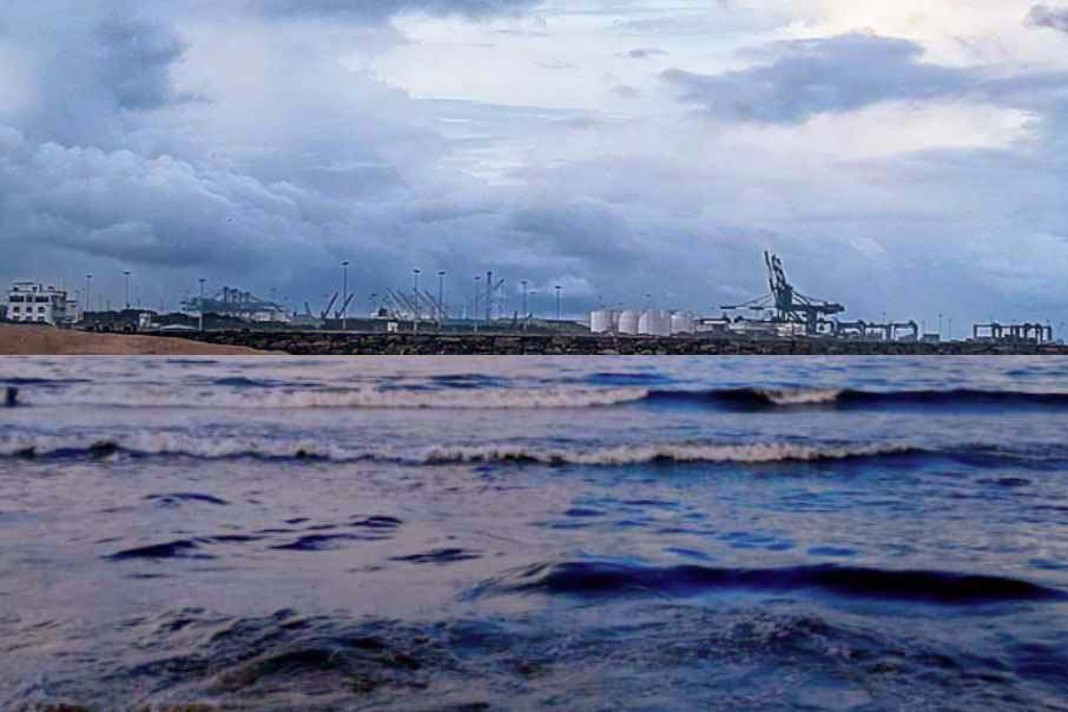The Port of Rotterdam Authority reports that the municipality of Rotterdam and the port authority have jointly presented the updated Shore Power Strategy 2025–2035 to the city council, outlining a strengthened roadmap for expanding shore-side electrification across Europe’s largest port. The strategy sets a clear direction for the next decade, placing strong emphasis on scaling up shore power infrastructure and paving the way for zero-emission berthing by mid-century.
Shore power enables ships to shut down their engines while berthed and plug into clean electricity at the quay, significantly reducing noise and emissions. The updated plan outlines Rotterdam’s intention to make shore power the standard for a major share of all shipping by 2030, forming the foundation for broader rollout after 2035.
A Strategy Built for Acceleration
The Port of Rotterdam Authority highlights that the new strategy is designed to accelerate deployment in each development phase, ensuring consistent progress across public quays, private terminals and specialised segments. The focus areas include:
- Expanding and improving shore power availability at publicly accessible berths in the port.
- Preparing for the upcoming international mandate under the AFIR regulation, which takes effect on 1 January 2030.
- Scaling up the reach and impact of shore power across different categories of shipping.
This structured approach forms the basis for Rotterdam’s long-term vision: transitioning from targeted installations to a widespread, standardised network that supports a cleaner operational environment.
Progress Ahead of Legislation
The municipality and Port of Rotterdam Authority began implementing their first shore power strategy in 2020—several years before European legislation made such systems mandatory for seagoing vessels. Since then, the port has installed more than 100 shore power units, with a combined capacity exceeding 43 megawatts. A key milestone this year was the commissioning of the shore power installation at the cruise terminal.
Both organisations have supported this progress through coordinated investment and facilitation. The Port Authority has been installing systems at public berths and working closely with customers on implementation, while the municipality has offered subsidies for feasibility studies and recently granted investment support to companies advancing shore power adoption.
Managing Challenges Linked to Grid Congestion
Some areas of the port are currently experiencing electricity grid congestion, creating complexity for rapid shore power rollout. To address this, the strategy outlines upcoming solutions such as alternative agreement structures with the grid operator and the deployment of mobile shore power installations. Preparatory work continues so that expansion can proceed quickly once grid constraints are resolved.
The updated 2025–2035 strategy positions Rotterdam to continue leading the shift toward cleaner port operations, establishing a framework that supports steady expansion while preparing for full-scale implementation in the years ahead.
Did you subscribe to our daily Newsletter?
It’s Free — Click here to Subscribe!
Source: Port of Rotterdam Authority
















